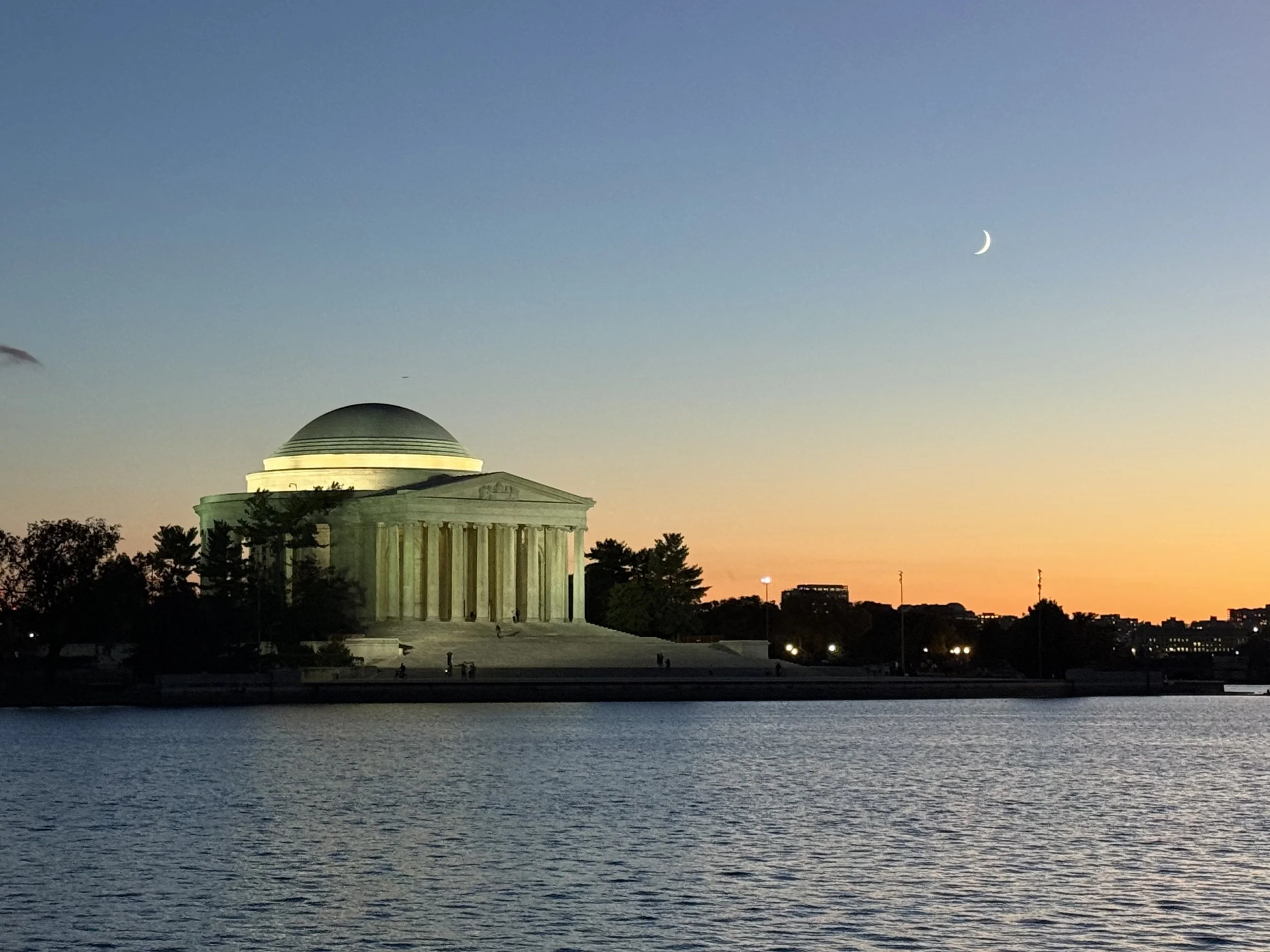Wetlands in Agriculture - Swampbuster
/"Swampbuster." It is a fun word. However, it can cause some not-so-fun repercussions for farmers who violate its rules protecting wetlands. Swampbuster is the term used for the federal law that discourages farmers from altering wetlands by withholding federal farm program benefits from any person who: (1) plants an agricultural commodity on a converted wetland that was converted by drainage, dredging, leveling, or any other means; or (2) converts a wetland for the purpose of or to make agricultural commodity production possible. See 16 U.S.C.§ 3821.
The Natural Resources Conservation Service ("NRCS") has the lead responsibility for identifying wetlands on agricultural lands for purposes of implementing Swampbuster. NRCS will make a certified wetlands determination when a landowner submits a form AD-1026 for an activity that may be subject to the wetland conservation provisions. These forms are generally available at the local Farm Service Agency ("FSA") office.
First -- what, exactly, is a wetland? A farmer may think that she does not have to worry about wetlands because she thinks that a wetland always looks like a swamp. A swamp is likely a wetland, but not all wetlands look like swamps. A wetland (1) has predominance of hydric soils; (2) is inundated or saturated by surface or groundwater at a frequency andduration sufficient to support a prevalence of hydrophytic vegetation typically adapted for life in saturated soil conditions; and (3) normally does support such vegetation. 7 CFR § 12.2(a). All three criteria must be present.
Because of differences between the Food Security Act and the Clean Water Act ("CWA") on the jurisdictional status of some wetlands, one agency’s wetland determination may not be valid or binding under the wetland laws administered by another agency. Therefore, NRCS makes its certified wetland determination for Swampbuster and the Army Corps of Engineers will conduct jurisdictional determinations for the administration of the CWA. Both agencies consider the same elements. More on the CWA in a later post.
The Federal agencies involved in Swampbuster and the CWA (EPA, the U.S. Army Corps of Engineers, the U.S. Department of Agriculture, and the U.S. Fish and Wildlife Service) are actively seeking to coordinate their activities and to clarify the relationship between the programs. For example, "prior converted croplands" have been excluded from regulation under Section 404 to be consistent with Swampbuster and one wetland identification can be used for both the Section 404 program and the Swampbuster program.
There are, of course, exceptions to the general Swampbuster rule. These include the following exemptions: minimal effect, good faith, prior converted cropland, compliance with a conservation plan, reliance upon an NRCS determination for highly erodible land, or allowable variances. 7 CFR § 12.5. If your activity on your wetlands fits into one of these exemptions, you may not be subject to the Swampbuster provisions.
Finally, a farmer may be able to use mitigation to avoid the loss of the wetlands' function and therefore avoid losing their federal program benefits under Swampbuster. Mitigation is the creation, enhancement, or restoration of a site that compensates for lost wetland functions of site in question. If a farmer is going to use mitigation, she must ensure the mitigation site is in the same general area/watershed as the lost wetlands, must record an easement to the USDA, and must provide equivalent functions of the site being considered. The farmer will work with their local FSA and/or NRCS to determine how mitigation can be used on their farm. Under Swampbuster, mitigation is all about replacing the function of the wetlands.
Contact an attorney if you are concerned that activity on your farm could affect a wetland. Swampbuster is fun to say, but not so fun when it causes a farmer to lose her federal benefits.



